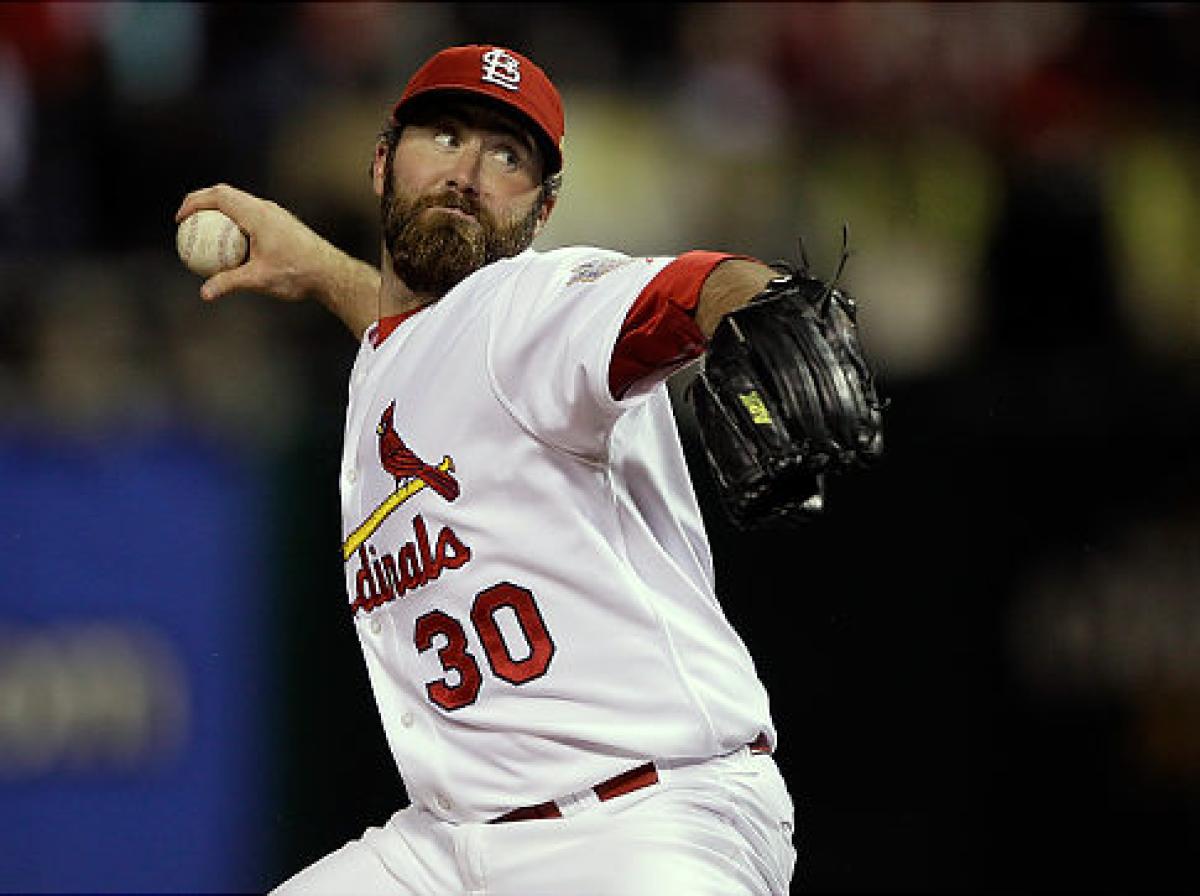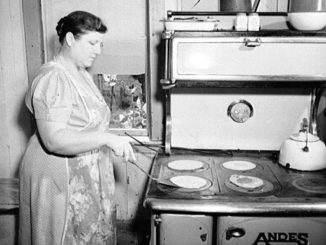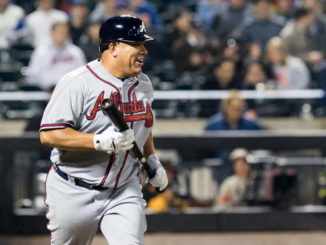4/6/17 – Signed 1B Ryan Howard to a minor league contract (worth $750K if called up).
4/9/17 – Signed RHP Jason Motte to a minor league contract.

I think we all expected Ryan Howard to find some kind of home, but even we Braves observers were surprised when it was with Atlanta’s AAA affiliate. After spending his late twenties as an MVP candidate (and one time winner), Howard spent most of his thirties as a sub-replacement level player. Howard’s career BA/OBP is .258/.343, but he’s cracked those marks just once since 2010. His career slugging % is .515, a measure he hasn’t seen since 2009. He’s not the all-star Braves fans knew and feared for so long. GM John Coppolella isn’t a fool, though, and he didn’t sign Ryan Howard to be the Ryan Howard of 2007. He’s aware of what he can’t do. The more operative question, then, is: what can Howard do?
Howard can still hit the ball a long way against right handed pitching, at least when he hits it. Over the last 3 years, the slugger has a .438 SLG against right-handers with a wRC+ of 98. Considering that 100 is league average, Howard is still near a league average hitter against righties, and it’s thanks exclusively to his power.
What use does Atlanta have for him? Possibly none. There’s a chance Howard is just an insurance option for a Freddie Freeman injury. There’s also the chance that Howard winds up on the Atlanta bench. A bench of Kurt Suzuki, Anthony Recker, Chase d’Arnaud, Jace Peterson, and Emilio Bonifacio has positional versatility, but it’s a bench that dreams of having even warning track power. There are plenty of late-inning situations where a home run would send you home, and that’s something Howard is still able to do, at least in recent years. He can DH in some upcoming American League ballparks – Atlanta visits the Astros, Blue Jays, and Angels in May. As long as Howard never sees a southpaw and isn’t issued a glove, this could work nicely.
It’s a low-risk move with some potential upside. If Howard makes his way to Atlanta and pops a few HR, a bad team can possibly unload him to a contender in July or August and net a C– prospect in return. If not, there’s little lost.
Jason Motte, signed Sunday to a minor league deal, is a Proven Closer™. In 2012, he saved 42 games for the Cardinals, sporting a 2.75 ERA and a 2.53 DRA. He was pretty much an identical pitcher the year before (2.25 ERA / 2.59 DRA), except trading some K’s for more groundballs and fewer HRs, but people think 2012 was a career year of sorts because he came into games at 10 PM instead of 9:40. Saves are silly. Ok, moving on.

In spring training of 2013, Motte suffered an injury that required TJ surgery. He returned late in 2014, but, like many TJ recovery patients, was ineffective upon returning. He spent 2015 with the Cubs and was still ineffective. He signed a 2-year deal with the Rockies before ’16, and was unfortunately, you guessed it, ineffective. The team released him this spring, buying out the rest of his contract. That means Atlanta gets to pay Motte league-minimum if he reaches the majors.
Before the surgery, according to Fangraphs’ Pitch F/X data, Motte regularly used a 4-seam fastball that sat at 96-97 mph. The fastball lost some speed, as they sometimes do after major surgery, and since 2012 it has been around 94-95. As a result, Motte throws the pitch less than he used to. These days, a cutter (87-89 mph) is a much bigger part of his game than it used to be. The cutter serves a specific purpose. Before the injury, Motte got groundballs at annual rates over 40%. In his 2014 return, it was down to 37%. In 2015, the rate bottomed out at 32%. By focusing more on his cutter in 2016, he returned his GB rate to 43%. There were other issues, and the cutter can be inconsistent, but as he throws it more and gets further removed from surgery, the command of the pitch should improve, or at least stabilize.
2016 also saw a near return to his pre-surgery K rate. In the 3 years prior to surgery, he struck out 26%, 23.5%, and 30.8% of batters faced. Since, those rates have been 15.5%, 16.5%, and, in 2016, 22.0%. Motte has good control, so walking batters is unlikely to ever be a problem, but the upside of avoiding walks is softened when you don’t strike people out.
If 2016 saw Motte striking guys out and issuing more groundballs, why was he still, as I mentioned earlier, ineffective? Well, the at-bats that didn’t end in groundballs or strikeouts tended to end very badly. Home runs were the biggest problem. One out of every 5 flyballs he allowed went over the fence. He walked a few more batters than usual, and while they weren’t a big problem, they didn’t help when the big flies came to visit. Batters had a high BABIP against Motte, so there was some bad luck involved as well.
So, how can Motte help Atlanta? There’s a very realistic path to the majors for Motte, who, at 34, may be a veteran but seems far from done. If he can keep the gains he made in the groundball and strikeout department a year ago, have some better luck with sequencing and ball bounces, and keep the ball in the park (not a problem in 2015), Motte should get the call to head down I-285W. While it’s doubtful he’ll ever get back to the flame-throwing form he had in 2011-2012, his arsenal change suggests a willingness to adapt, and the adaptable are always more likely to endure.
PS: Jason Motte started the Jason Motte Foundation, which helps fund cancer research. You should root for him.




Leave a Reply